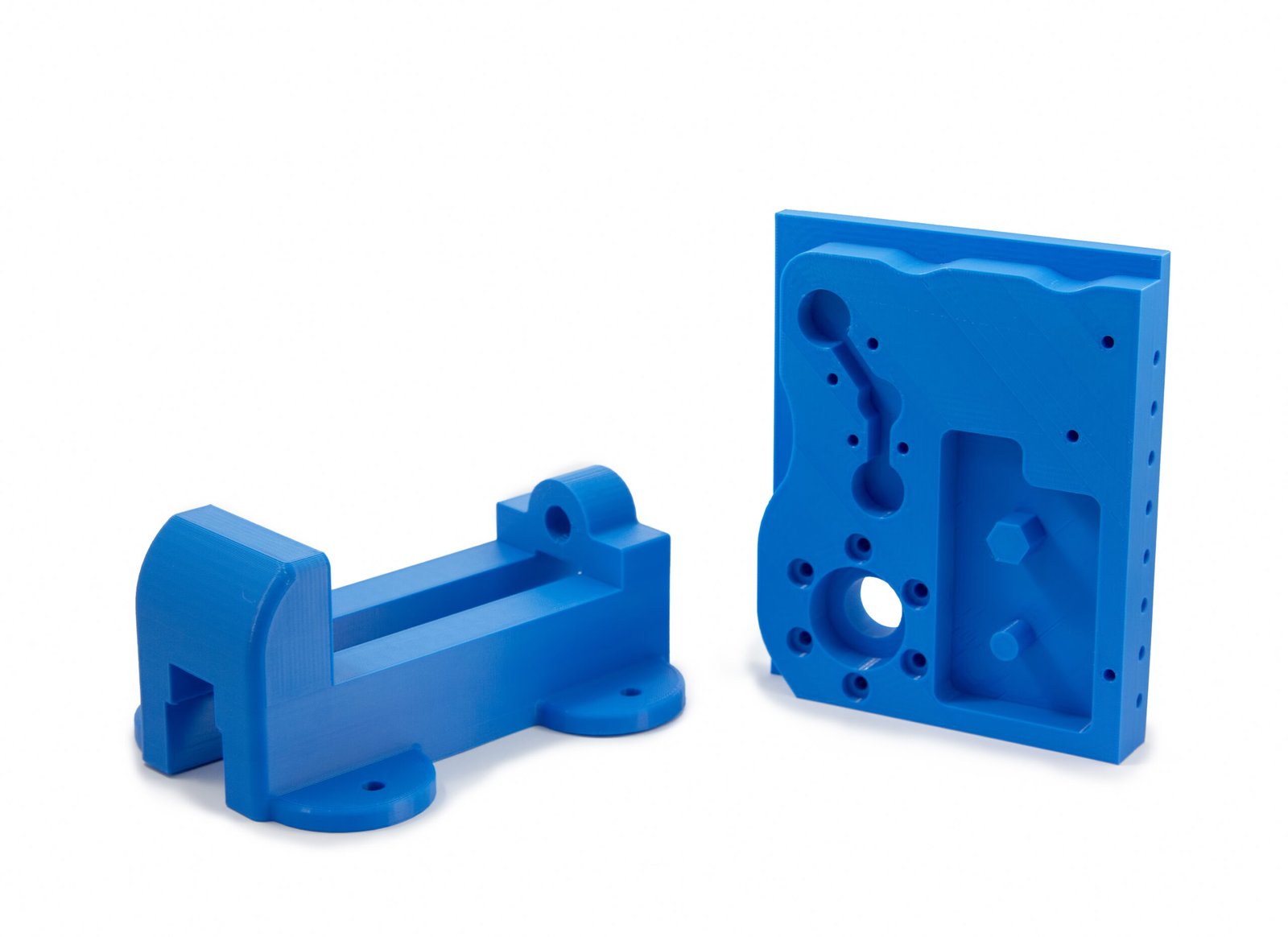In recent years, 3D printing has revolutionized the manufacturing landscape, offering unparalleled possibilities in various industries. While it initially gained attention for its ability to quickly prototype and validate designs, 3D printing has also emerged as a game-changer for producing functional parts.
Design Validation: Redefining the Prototyping Process
Traditionally, validating designs required an iterative process of creating molds and prototypes, often at significant cost and time investment. This process could be prolonged, resulting in delayed product development cycles. However, 3D printing has revolutionized this aspect by enabling rapid prototyping. With 3D printers, designers can quickly transform digital models into physical prototypes, allowing for efficient design validation.
One of the key advantages of 3D printing for design validation is the ability to produce complex geometries and intricate details that would be challenging or impossible to achieve through traditional manufacturing methods. Designers can now visualize and test their creations with accuracy, gaining deeper insights into functionality, ergonomics, and aesthetics. This level of precision reduces the risk of costly design errors and enables faster iterations, ultimately expediting the product development cycle.
From Prototypes to Functional Parts: The Rise of Additive Manufacturing
Beyond design validation, 3D printing has evolved to serve another critical purpose: the production of functional parts. Known as additive manufacturing, this process involves building objects layer by layer, using materials ranging from plastics to metals, ceramics, and even biological materials.
The ability to create functional parts using 3D printing has opened up new horizons across various industries. From aerospace and automotive to healthcare and consumer goods, additive manufacturing offers distinct advantages such as on-demand production, customization, and cost efficiency. It allows for the rapid production of intricate and custom-designed components, eliminating the need for expensive tooling and reducing material waste.
The Advantages of 3D Printed Functional Parts
Complex Geometries: 3D printing frees designers from the limitations of traditional manufacturing techniques, enabling the creation of highly complex and customized geometries. This opens up opportunities for innovation and product differentiation.
Lightweighting: Additive manufacturing facilitates the production of lightweight parts without compromising strength and durability. This is particularly advantageous in industries like aerospace and automotive, where weight reduction directly translates into improved fuel efficiency and performance.
Reduced Assembly Complexity: By incorporating multiple components into a single 3D printed part, assembly complexity can be significantly reduced. This simplifies manufacturing processes, lowers production costs, and improves overall product reliability.
On-demand Production: 3D printing enables localized, on-demand production, reducing lead times and enabling businesses to respond swiftly to market demands. This decentralized production approach minimizes inventory costs and streamlines supply chains.
Customization and Personalization: With additive manufacturing, it becomes feasible to produce highly personalized products tailored to individual needs. From customized medical implants to bespoke consumer goods, this level of personalization offers enhanced user experiences and opens up new business opportunities.
The Future of Manufacturing
As 3D printing continues to evolve and mature, its importance in both design validation and functional part production will only grow. Its transformative capabilities have the potential to disrupt traditional manufacturing supply chains, leading to more sustainable production practices, improved product performance, and increased innovation across industries.
In conclusion, 3D printing has not only revolutionized the process of design validation but has also emerged as a powerful tool for producing functional parts. From its ability to rapidly prototype complex designs to the production of lightweight and customized components, this technology is reshaping the manufacturing landscape. Embracing the potential of 3D printing enables businesses to unlock a world of possibilities, drive efficiency, and remain at the forefront of innovation.
